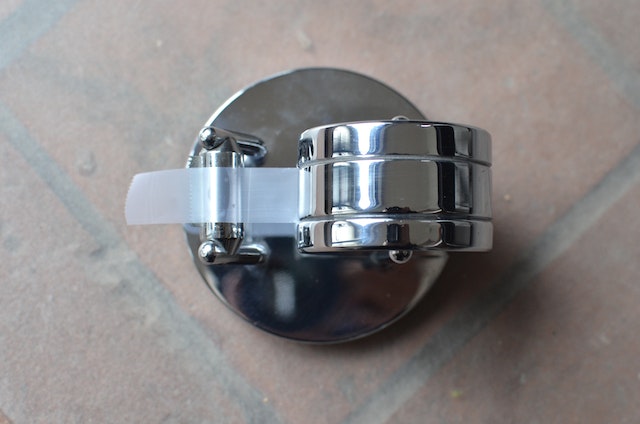Introduction
When it comes to sewing and crafting, precision is key. Whether you’re a professional seamstress or a DIY enthusiast, having the right tools can make all the difference in the quality and efficiency of your projects. Fabric cutters are one such tool that has revolutionized the way fabrics are cut, offering speed, accuracy, and ease. In this blog, we’ll explore the world of fabric cutters, their types, benefits, and how they can simplify your sewing endeavors.
I. Understanding Fabric Cutters
Fabric cutters are mechanical or electronic devices designed to cut fabric with precision and speed. They can range from simple handheld rotary cutters to more advanced electric or computerized models. Here are some popular types:
- Handheld Rotary Cutters
- Lightweight and portable
- Ideal for straight and curved cuts
- Requires a steady hand for accuracy
- Electric Fabric Cutters
- Motorized for effortless cutting
- Suitable for straight and intricate patterns
- Reduces strain on your hands
- Computerized Fabric Cutters
- Advanced machines with pre-programmed designs
- Perfect for mass production or complex patterns
- Can save time and minimize human error
II. Benefits of Fabric Cutters
Fabric cutters offer a range of benefits that can significantly enhance your sewing experience:
- Precision Cutting
- Ensures straight and accurate cuts every time
- Ideal for quilting and patchwork projects
- Reduces fabric wastage
- Time Efficiency
- Cuts down on the time required for manual cutting
- Allows you to focus on other aspects of your project
- Boosts productivity, making it suitable for professionals
- Reduced Physical Strain
- Electric and computerized cutters minimize hand and arm fatigue
- Great for individuals with arthritis or repetitive strain injuries
- Versatility
- Accommodates various fabrics, from delicate silks to thick denim
- Easily cuts multiple layers at once, saving time on large projects
- Consistency
- Ensures uniform cuts, improving the overall appearance of your project
- Ideal for producing garments or accessories for sale
III. Choosing the Right Fabric Cutter
Selecting the right fabric cutter for your needs is essential. Consider the following factors:
- Project Type
- Determine the complexity and volume of your projects
- Handheld cutters are suitable for occasional use, while professionals might prefer electric or computerized models.
- Budget
- Prices can vary significantly, so set a budget before shopping
- Consider the long-term savings in time and fabric wastage
- Portability
- If you need to move your cutter around, opt for a handheld or portable electric model
- For stationary use, larger electric or computerized cutters are more appropriate
- Cutting Mechanism
- Research the cutting mechanism of different models
- Some cutters use a blade, while others use laser or ultrasonic technology
IV. Maintenance and Care
Taking care of your fabric cutter is essential to ensure its longevity and performance. Here are some general maintenance tips:
- Keep the Blade Sharp
- Regularly replace or sharpen the cutting blade as needed
- Clean the Cutter
- Remove fabric lint and debris from the cutter’s components
- Follow the manufacturer’s instructions for cleaning
- Store Properly
- Store your cutter in a dry, clean place when not in use
- Protect it from dust and humidity.
